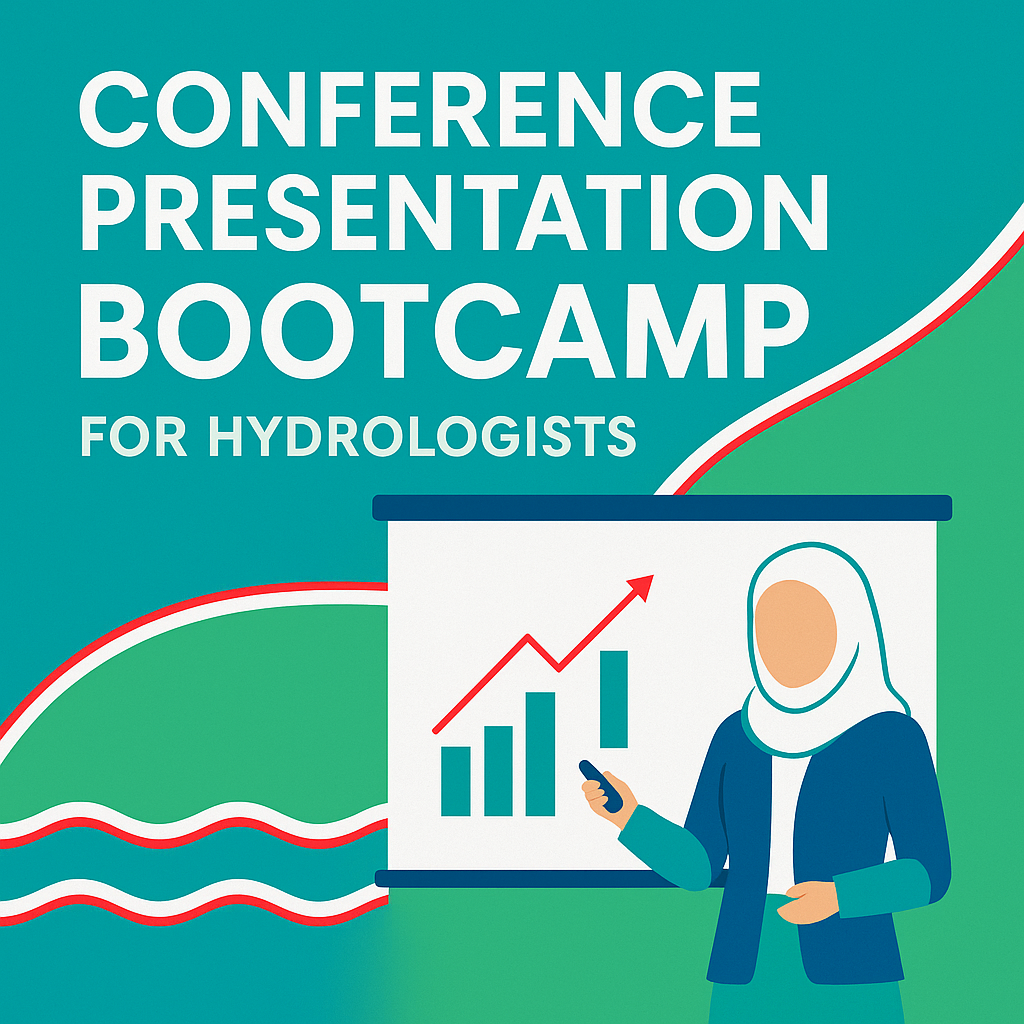
The Power of AI for Language for Specific Purposes
By Shannon Donnally Quinn, Michigan State University

DOI: https://www.doi.org/10.69732/FPCO4009
Although I have typically been a person who has been quick to adopt new technologies in my teaching, I have a deep ambivalence about AI (artificial intelligence). Though I will not spend much time here on this ambivalence (perhaps that’s a topic for a later article), in addition to environmental and other concerns, I am troubled by how interacting with AI can potentially homogenize learners’ experiences of the target language.
And yet, recently, I experienced a situation in which I could not deny the utility of the LLM (large language model) in making my work more efficient, and even giving me the ability to provide language to my learners that more closely fits their purposes, in essence expanding beyond my expertise.
Normally, I teach Russian to American students, but I was recruited by my campus’s English Language Center for a project sponsored by the U.S. Department of State that taught English to learners in Uzbekistan. I joined the project partly because of my experience in Central Asia and my ability to navigate an environment where the Russian language serves as a lingua franca. The learners in this particular project were mostly specialists in water management, hydrology, and agriculture, and the goal of the project in part was to help them with their English in connection with some of their professional goals.
Needless to say, I do not know very much about hydrology or agriculture, and the fact that I joined later in the project meant that I did not have very much time to bone up on the terminology normally used by water management professionals. This is where AI was extremely helpful to me as an additional tool in my usual toolbox. In creating learning materials for our work, I was able to ask AI (in most cases I used ChatGPT) to formulate sentences on the topic of water management and hydrology.
One example here shows how we practiced nuances of verb tense using sentences created by ChatGPT and then tweaked by me:
| Choose the correct form of the verb: simple present “go/goes” or present continuous “is/are going”.
Right now, Dr. Rakhimova (analyzes / is analyzing) sediment samples from the Amu Darya river. Every spring, the team (measures / is measuring) the snowmelt in the mountains. This river (flows / is flowing) very fast today because of heavy rain. Our students usually (collect / are collecting) data from wells every Monday. |
The themed sentences allowed the learners to practice grammar while also continuing to familiarize themselves with the English terminology related to hydrology that they would need to use when talking about their own research with international audiences. Certainly if I had been an expert in hydrology I could have likely come up with better sentences, but in the absence of that, ChatGPT quickly generated plausible sentences on a topic that was mostly unfamiliar to me.
I decided to structure the work I was doing with the learners around the idea of attending an international conference where the language of communication would be English. We focused on practicing the variety of skills that you would need in order to attend a conference, including learning about potential conferences, getting acquainted with the work of colleagues in the field, reading Calls for Papers (CFPs), writing a proposal, creating a poster for a poster presentation, asking questions at a conference talk, and networking, among others.
I used ChatGPT to create a poster for our sessions, and it did an admirable job, incorporating shapes that suggest water flow. I refined the design with some iterative prompts, asking it to use the colors of the flag of Uzbekistan and a figure that plausibly represents some of the participants in the program.

The sections of the training that were focused on aspects of the conference were much more familiar to me, and so I did not use AI as much to develop the materials that I used in class, but it was still helpful in some instances. For example, in the section in which we were practicing how participants might introduce themselves to colleagues at a conference, I asked ChatGPT to come up with examples of how hydrologists might introduce themselves.
| 1. General Self-Introduction
“Hi, I’m [Name], a researcher from Tashkent Institute of Irrigation and Agricultural Mechanization Engineers. I work on groundwater recharge in semi-arid regions. What about you?” 2. Topic-Based Introduction “I noticed your poster is about permafrost hydrology—I’m doing something similar with Arctic streamflow. Do you mind if I ask you a few questions?” 3. Common Ground Opener “Hi, I think we’re both attending the watershed modeling session later. I’m [Name], working on predictive models for urban flooding.” |
Because the learners differed greatly in their language level, I also found it helpful to utilize AI to simplify texts. I took some abstracts on water management topics from a real conference program that I found online and asked ChatGPT to create less complex versions of some of them to assist the learners who needed more reading support. We then analyzed the structure of a typical proposal and created some of our own. I was able to ask AI to create some plausible samples using hydrology topics, a task that would have been quite difficult for me without further training in the subject area.
This experience of teaching English to hydrologists has prompted me to think more about the possibilities of using AI to help us teach language for special purposes and in specific disciplines. Though it makes sense to continue to have people who have expertise in certain subjects – there is enough of a demand in the United States for Spanish in health care settings, and the topic holds enough life and death importance, for example, that it would be best if we do not need to rely on AI to help us to create learning materials for this topic, relying on experts instead. But other more obscure subject areas and less commonly taught languages might never generate enough interest for teachers to become experts in those areas, and AI may be able to fill the gap. We can contemplate working with groups of students in specific disciplinary areas even when we are not experts in those areas, and the speed with which we can generate language on a variety of topics can help us to customize materials to groups of students or even particular student interests. Providing guidance to students in their own use of AI tools can also help them to connect the target language to their professional and personal interests.
How are you using AI for language for specific purposes? Write something in the comments, or even better, write a follow-up article and submit it to The FLTMAG!

It’s fascinating how the author navigated the complexities of AI in language teaching. The blend of ambivalence and recognition of AI’s efficiency highlights the nuanced nature of integrating technology into education. How do you think AI impacts cultural nuances in language learning settings?
This is a great example of how AI can help us in our professional and teaching duties. I’m with you about being very tech-loving but a bit apprehensive about diving into AI options too quickly. Thanks for sharing your ideas and experiences–I’m doing some of the same things and slowly but surely integrating AI tools into my instruction.
Good luck in the journey toward using AI in language education! I’m right there with you!
Thank you Edo! You should write something about what you’re doing with AI in your instruction! 🙂